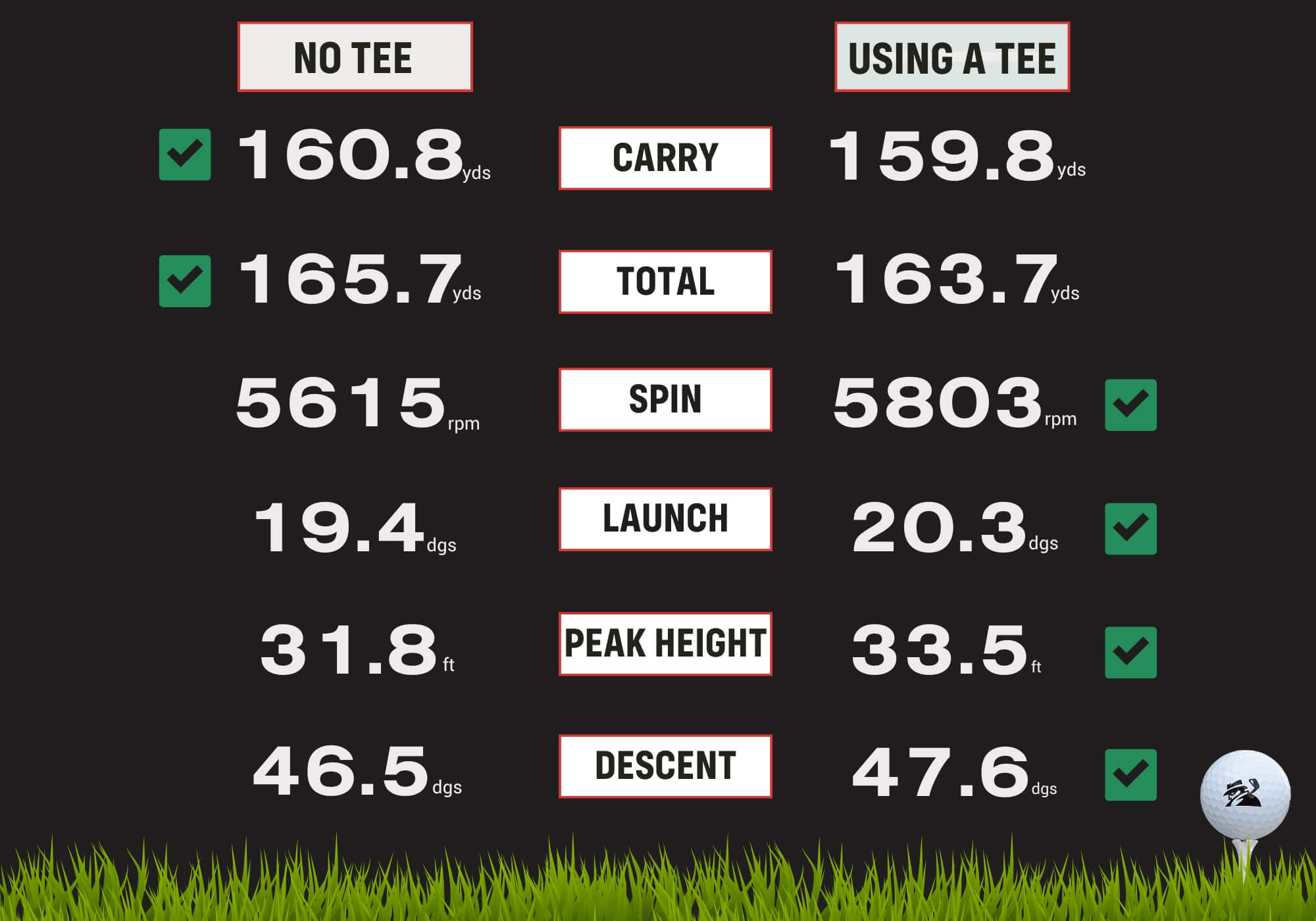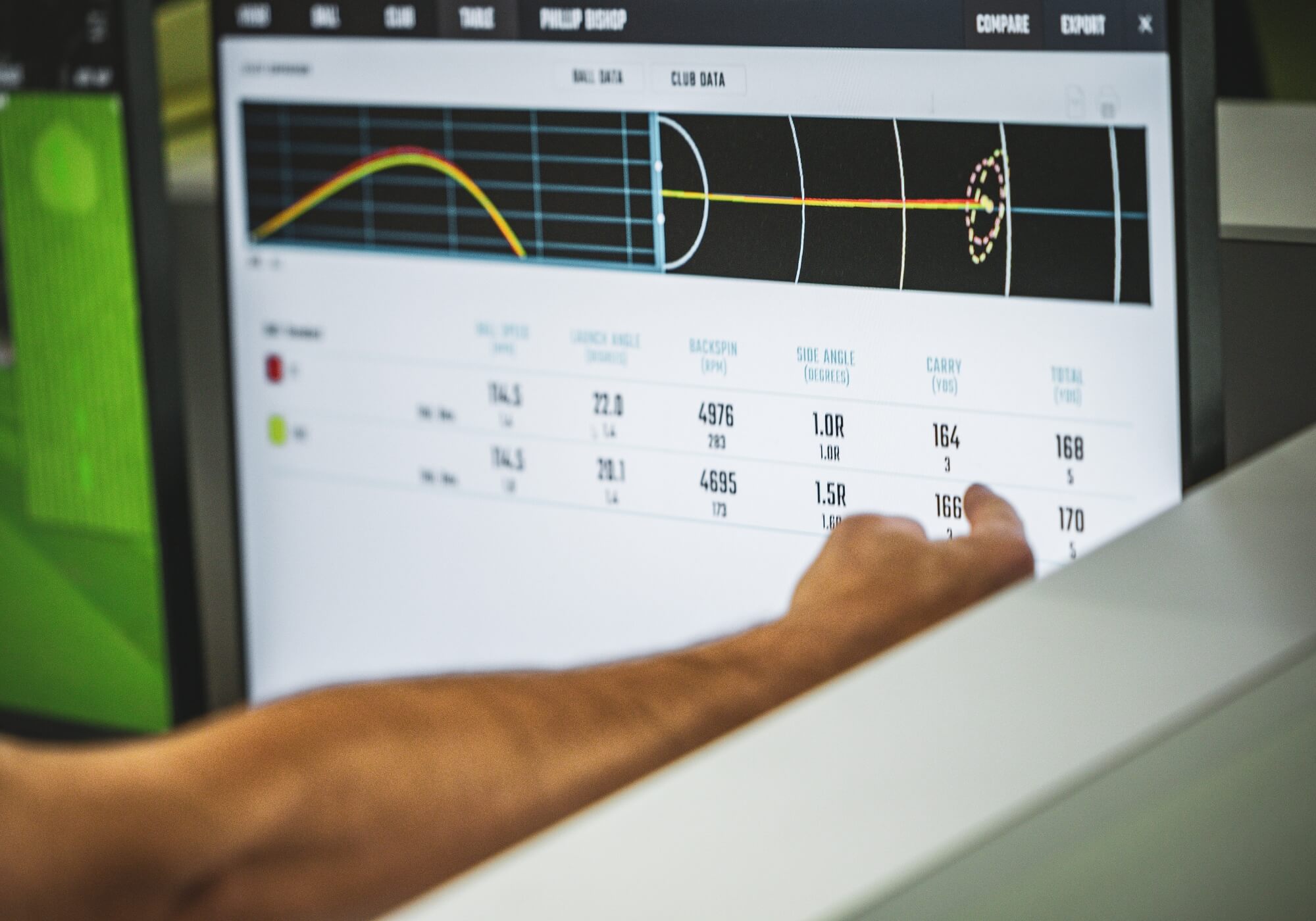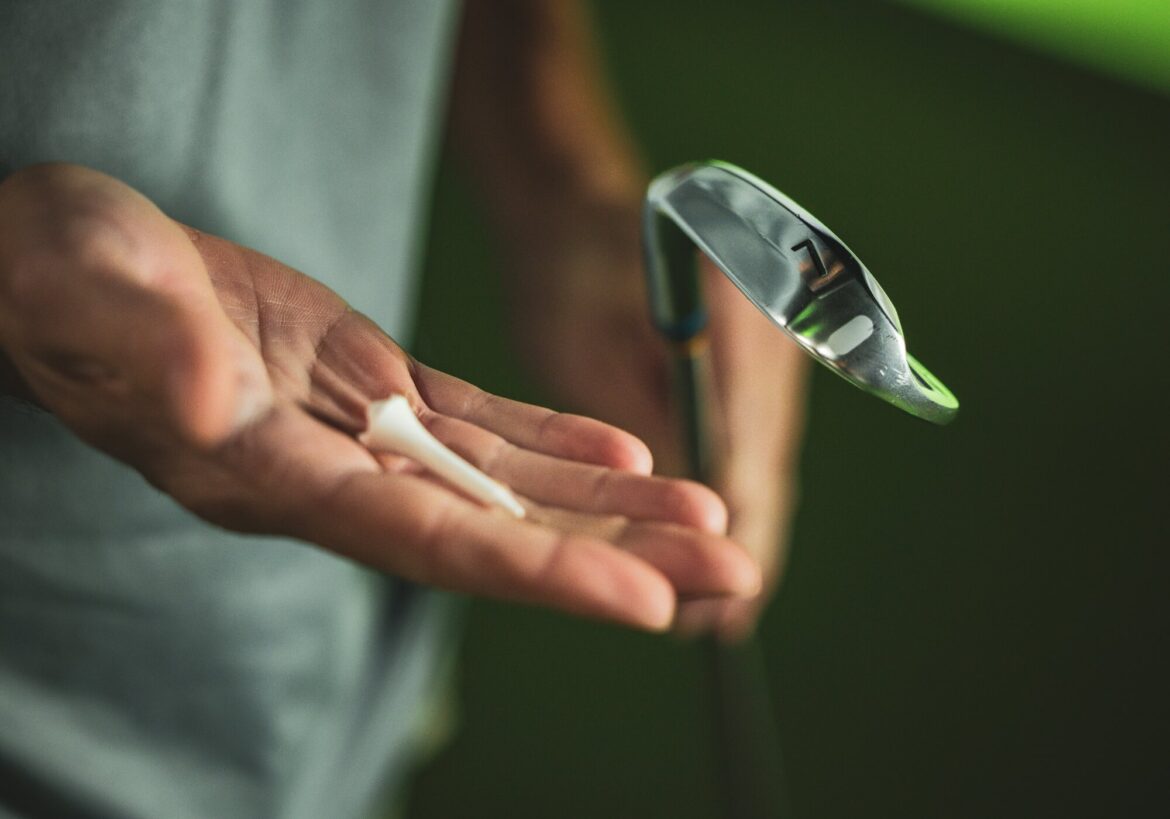Jack Nicklaus was a known advocate for teeing up the ball, saying, “It’s an opportunity to give yourself a perfect lie. You only get that opportunity 18 times.”
But, with all due respect to Jack’s advice, should you always tee up the ball on a par-3? Aside from the likelihood of a better strike, is there truly any performance benefit to teeing the ball up on a par-3?
Let’s find out.
To tee or not to tee
We know that using a tee for a driver can impact performance. However, can it impact performance with an iron as well?
A majority of golfers use a tee on a par-3 most, if not all, of the time. Why? Did they see or hear what Jack Nicklaus said and took it to heart? For a few, the answer could be yes. For others, their friends or their instructor told them to do it.
Were they right or wrong?
Teeing the ball up on a par-3 has the indisputable benefit of cleaner contact. Better contact leads to more consistent shot outcomes. Another perceived benefit is more distance, a byproduct of better contact.

I have always teed up the ball on par-3s because that was what I was told to do when I started golfing. To me, the results seem more consistent. I feel there is more accuracy and more power when using a tee. However, I have come across better golfers who prefer to hit the ball without a tee on a par-3. Their opinion is that their contact is more consistent off the ground versus a tee.
Let’s see if there really is a difference.

Tee versus no tee: The test
This test was conducted using a simple procedure:
- 15 testers using their own 7-iron
- Five shots were hit off a tee and five shots off the ground. This process was repeated three times.
- 30 shots total per tester

Before seeing any results, our assumption was that shots hit using a tee would likely have a substantial carry distance advantage over shots hit off the ground.
It also seemed safe to assume that launch conditions will change, specifically launch angle, which could result in a higher shot.
But what do the results actually prove?
Off the tee or off the ground?: The results
Once we curated the results, we noticed some small changes between a few variables. Some we predicted, some we didn’t. These changes, though slight, can be significant since even a tiny change in your performance may lead to you losing a stroke or gaining a stroke.

Carry distance
With this metric, we predicted that carry distance would increase since you are elevating the ball, thus providing cleaner contact, causing the ball to go farther.
We were wrong. The results showed a one-yard decrease in carry distance. What could have caused this?
Back spin
One notable metric was back spin, which showed an increase of 200 rpm hitting from a tee, resulting in a shorter carry distance.
As well, total distance declined by two yards while carry distance only decreased by one, meaning that total distance could be affected by the increase in back spin.
An increase in back spin is not typically seen as a negative so for golfers looking to stick the ball on a par-3 green, hitting off a tee may be preferred.

Launch angle/peak height/descent angle
Launch angle, peak height and descent angle typically work off each other. If one changes, the others change with it. Launch angle, peak height and descent angle are frequently overlooked when looking at your shot data. Most golfers only care about how far the ball goes. Not how it gets to that eventual end point.
That’s a mistake. Launch angle, peak height and descent angle make a big difference on a par-3 because a higher shot with a steeper angle of descent has a better chance of hitting and staying on the green.
Final thoughts
So, was Jack Nicklaus right?
Yes. And no.
These results can be viewed as either positive or negative, depending on the circumstances and your desired shot outcome. Some golfers might be trying to decrease the height of their shot or might be trying to generate less spin. Others might want the ball to drop out of the sky and land softly with lots of spin. Or maybe there are times when both come into play during the same round. Whatever the case, we hope these results give you a better understanding of whether or not to use a tee on a par-3.
The post Should You Tee Up The Ball On A Par-3? Here’s What The Data Says appeared first on MyGolfSpy.
